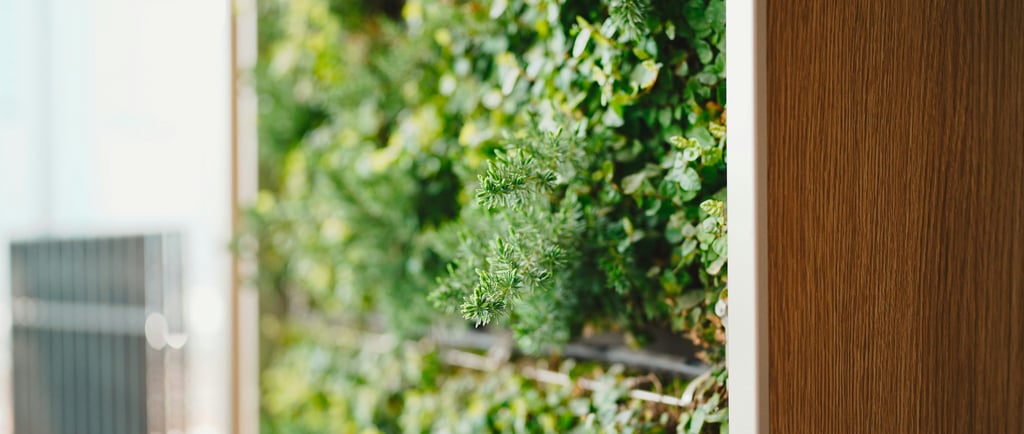How to Integrate Biophilic Design Into Your Life
In our increasingly urbanized and digital world, reconnecting with nature has become more vital than ever. Biophilic design offers a pathway to harmonize our built environments with the natural world, enhancing our well-being and fostering a deeper connection to the environment. Here's how you can seamlessly integrate biophilic design into your daily life.
2 min read


What Is Biophilic Design?
Biophilic design is an approach that seeks to connect building occupants more closely to nature by incorporating natural elements into the built environment. This design philosophy recognizes the inherent human affinity for nature and aims to create spaces that promote health, well-being, and productivity.
1. Maximize Natural Light
Optimize Window Placement: Ensure windows are unobstructed to allow natural light to penetrate deep into your space. Consider sheer curtains or blinds that can be adjusted to control light intensity.
Install Skylights: Where possible, adding skylights can bring in more daylight and provide a direct view of the sky, enhancing the sense of openness.
2. Incorporate Living Elements
Indoor Plants: Introduce a variety of plants into your space. From large indoor trees to small succulents, plants not only purify the air but also add a touch of greenery that can reduce stress and improve mood.
Water Features: The sound of flowing water can have a calming effect. Consider adding a small indoor fountain or aquarium to your space.
Natural Materials: Use materials like wood, stone, and bamboo in furniture and decor to bring natural textures into your environment.
3. Engage the Senses
Natural Sounds: Integrate sounds from nature, such as bird songs or water flowing, through speakers or natural sources.
Aromatherapy: Use essential oils or natural incense to introduce scents reminiscent of forests or gardens.
Tactile Textures: Incorporate a variety of textures in your furnishings and decor to mimic the diversity found in nature.
4. Design with Nature-Inspired Patterns
Nature-Inspired Art: Decorate your space with artwork that depicts natural scenes or elements.
Patterns and Textures: Use fabrics and wallpapers with patterns that reflect natural forms, such as leaves, waves, or wood grains.
5. Create Outdoor Connections
Outdoor Spaces: Designate areas in your home or workplace where you can step outside and enjoy nature, whether it's a balcony garden or a rooftop terrace.
Views of Nature: Arrange furniture to face windows that offer views of trees, gardens, or natural landscapes.
6. Align with Natural Rhythms
Lighting: Use lighting that mimics natural daylight patterns, adjusting the intensity and color temperature throughout the day to align with the sun's position.
Seasonal Changes: Reflect the changing seasons in your decor and activities, embracing the natural cycles of growth and rest.
Learn More: Dr. Fiona Gray on Biophilic Design
For a deeper understanding of how to incorporate biophilic design into your living spaces, listen to Dr. Fiona Gray, a leading expert in the field, in the podcast episode:
Season 2, Episode 21: "Biophilic Design and How to Incorporate It into Your Living Spaces with Dr. Fiona Gray"
In this episode, Dr. Gray discusses the principles of biophilic design and offers practical tips for integrating natural elements into our environments. As a registered Australian architect and Principal of Bioliving by Design, Dr. Gray brings a wealth of knowledge and experience to the conversation.
You can listen to the episode on Spotify or Apple Podcasts.
Explore our podcast
Join our community on Social Media
© 2025. All rights reserved.


